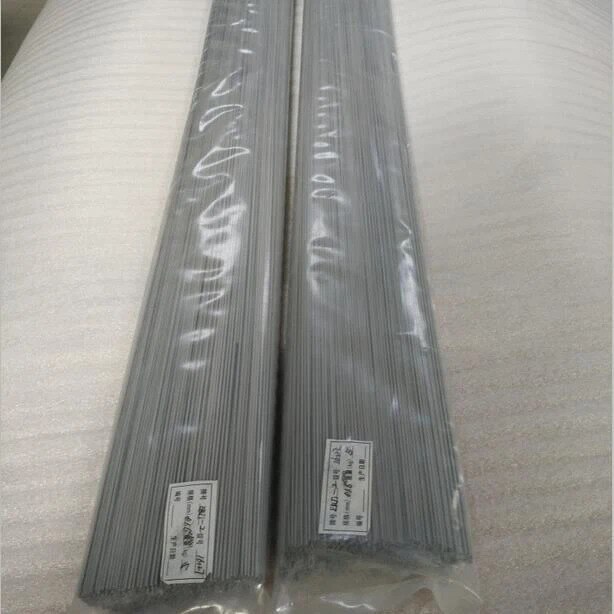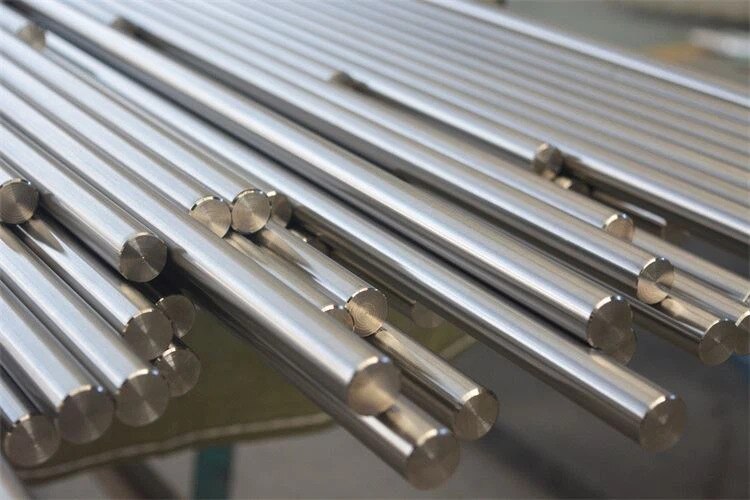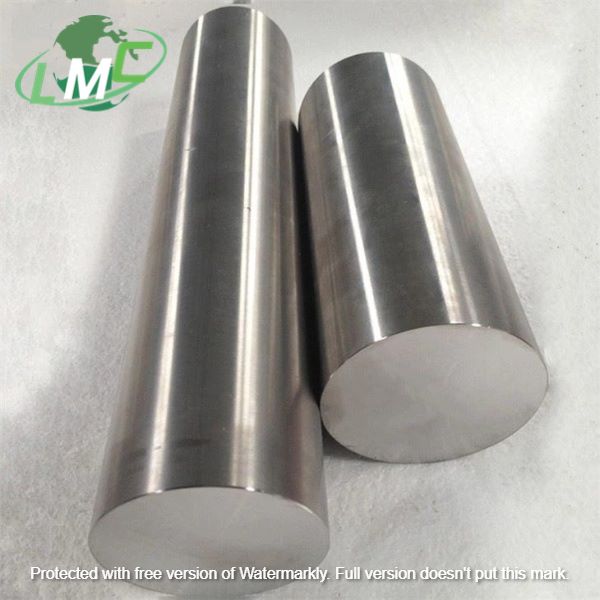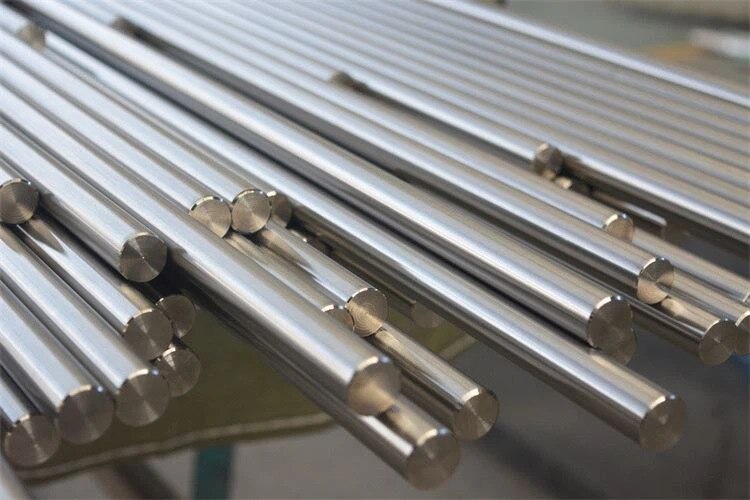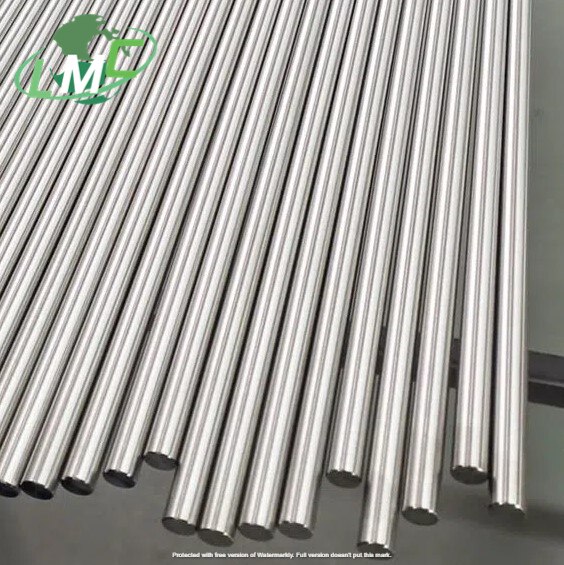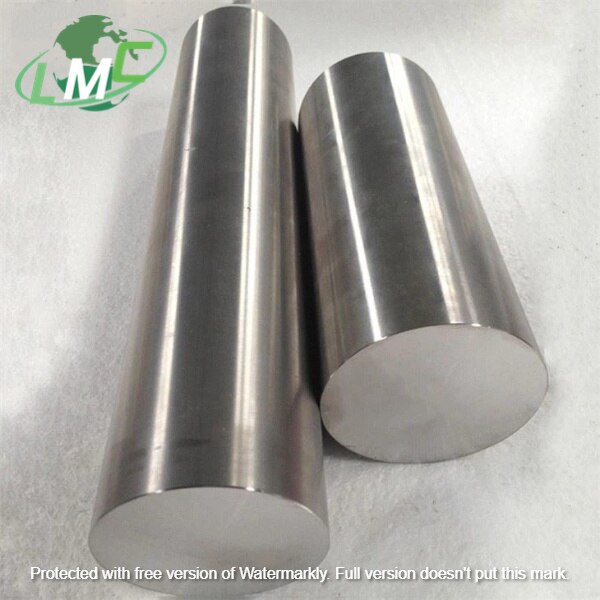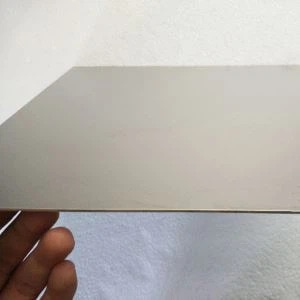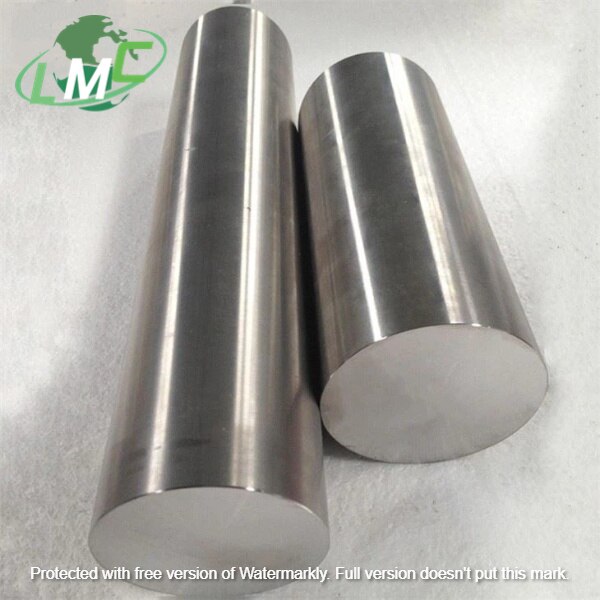25mm Titanium Bar
Product name: 25mm Titanium Bar
Material: Gr1 Gr2 Gr3 Gr4 Gr5 Gr7 Gr12 etc.
Standard : ASTM B348,ASTM B381, ASTM F136, ASTM F67,AMS 4928
Size: Dia 5--200mm * Max L6000mm
Applications :Industry, aviation, military etc.
Supply status: Annealed
Package: Carton or plywood case.
Quality and Test : EN10204.3.1 certificate
Surface:CNC machined polished
MOQ : 10kgs
Feature : low density, special strong strength, excellent corrosive resistance
25mm gr5 Titanium Bar
Titanium bar has many advantages:
1.Titanium Bright Bar has a low thermal expansion, which puts it at 1/3rd that of aluminium.
2.Titanium Alloy Round Rod is light in weight, which would put the specific gravity of this metal at about 1.7 times that of aluminium. and about 60% of specific gravity of steel.
3.Titanium Alloy Hexagon Bars tend to be non-magnetic in nature.
4.The heat conductivity of Titanium Alloy Square Bar is low, and is nearly the same as grade 18-8 stainless steel. Similarly, the electric conductivity of the alloy is low and the electric conductivity of titanium Cold Finished Bar about 3% of copper.
5.Titanium Polished Bar has high flexibility i.e. its Longitudinal elastic modulus. Which means that the flexibility of ASTM B348 Ti Alloy Hex Bar is one half of iron or stainless steel and it is the same as copper.
Product name
25mm Titanium Bar,grade 2 titanium bar , grade 5 titanium bar
,grade 7 titanium bar,titanium bar price per kg
Material Titanium, pure titanium
Standard ASTM B348, ASTM F136, ASTM F67, ASTM F136, ISO-5832-2(3), AMS4928 etc.
Titanium Grade Round Bar Sizes
Minimum diameter: 0.040 inch or 1.00 mm
Maximum diameter: 14.000 inch or 400.00 mm
Type Ti square bar, Ti round bar, Ti hexagonal bar, Ti flat bar, Titanium Alloy Bars, Ti Billets, Forgings, and Forging Stock
Condition R/M /Y
ASTM B348 Ti Alloy Hex Bar size 2-100mm A/F
Titanium Alloy Flat bar size Thickness: 2 -100mm
Width: 10 to 500mm
Pure Titanium Square bar size 4 to 100mm
AMS Specificaton of Titanium Round Bar ASTM B348 (Grade 5), ASTM B348 (Grade 2), ASTM B348 (Grade 4), ASTM B348 (Grade 23), ASTM F67 (Grade 2), ASTM F67 (Grade 4), ASTM F136, ASTM F1472, MIL-T-9047 (6AL-4V), MIL-T-9047 (6AL-4V ELI), MIL-T-9047 (6AL-6V-2SN), MIL-T-9047 (CP-70 GR.4), AMS 6935, AMS 6936, AMS-T-9047 (6AL-4V), AMS-T-9047 (6AL-4V ELI), AMS-T-9047 (6AL-6V-2SN), AMS-T-9047 (CP-70 GR.4), DMS 1570, DMS 1583, AMS 4971, AMS 4921, AMS 4928, AMS 4930, AMS 4965, AMS 4967, AMS 4978, AMS 4979, AMS 6930, AMS 6931 and More.
Titanium Angle bar size (in mm) 3*20*20~12*100*100
ASTM B348 Titanium Section 3.0 to 12.0mm thickness
Titanium ASTM B348 Channel Bar (in mm) 80 x 40 to 150 x 75 section; 5.0 to 6.0 thickness
Pure Titanium Hollow Bar (in mm) 32 OD x 16 ID to 250 OD x 200 ID)
Titanium Alloy Billet Size 1/2" to 495mm Diameter
ASTM B348 Ti Alloy Rectangles Size 33 x 30mm to 295 x 1066mm
ASTM B348 Ti Alloy Round Bar Finish Cold (bright) drawn, centreless ground, hot rolled, smooth turned, peeled, slit rolled edge, hot rolled annealed, Rough Turned, Bright, Polish, Grinding, Centreless Ground & Black
ASTM B348 Ti Round Bar Surface Bright, Hot Rolled Pickled, Cold Drawn, Sand Blasting Finished, Polished, Hairline
Titanium Round Bar Uses chemical industry, Industrial, medical industry, military industry etc
Titanium round bar Condition Hardened & tempered, annealed
ASTM B348 Ti Alloy Bar Technique Hot Rolled, Cold Drawn, Cold Rolled, Forged Round Bar, Rod
Titanium Alloy Round Bar Tolerance H8, H9, H10, H11, H12, H13K9, K10, K11, K12 or as per clients’ requirements
Alloy Titanium Bar Processing Bar cutting to 650mm
Standard Specification : ASTM B348 / ASME SB348
UNS grade Products
Grade 1 - UNS R50250Grade 2 - UNS R50400Grade 5 - UNS R56400 Grade 7 - UNS R52400 Grade 9 - UNS R56320 Grade 12 - UNS R53400 Titanium Round Bar Titanium Rod Titanium Hex Bar Titanium Flat Bar Titanium Rods Titanium Square Bar
Type SIZES (mm) SIZES (Inches) ISO Tolerance
Titanium Alloy Cold Drawn and Polish Round Bar 3.00 – 75.00 1/8" – 3.00" h8-h9-h10-h11
Titanium Cold Drawn and Ground Bar 10.00 – 75.00 5/6" – 2.50" h8-h9-h10-h11
ASTM B348 Ti Alloy Peeled and Polished Round Bar 40.00 – 150.00 1.50" – 6.00" h11, h11-DIN 1013
Titanium Alloy Peeled and Ground Bar 20.00 – 50.00 3/4″ – 2.00" h9-h10-h11
Titanium Alloy Bars Standard lengths of 2000 mm up to 6010 mm. Cut to size on request (tolerance +2/-0 mm).
Send
Message


